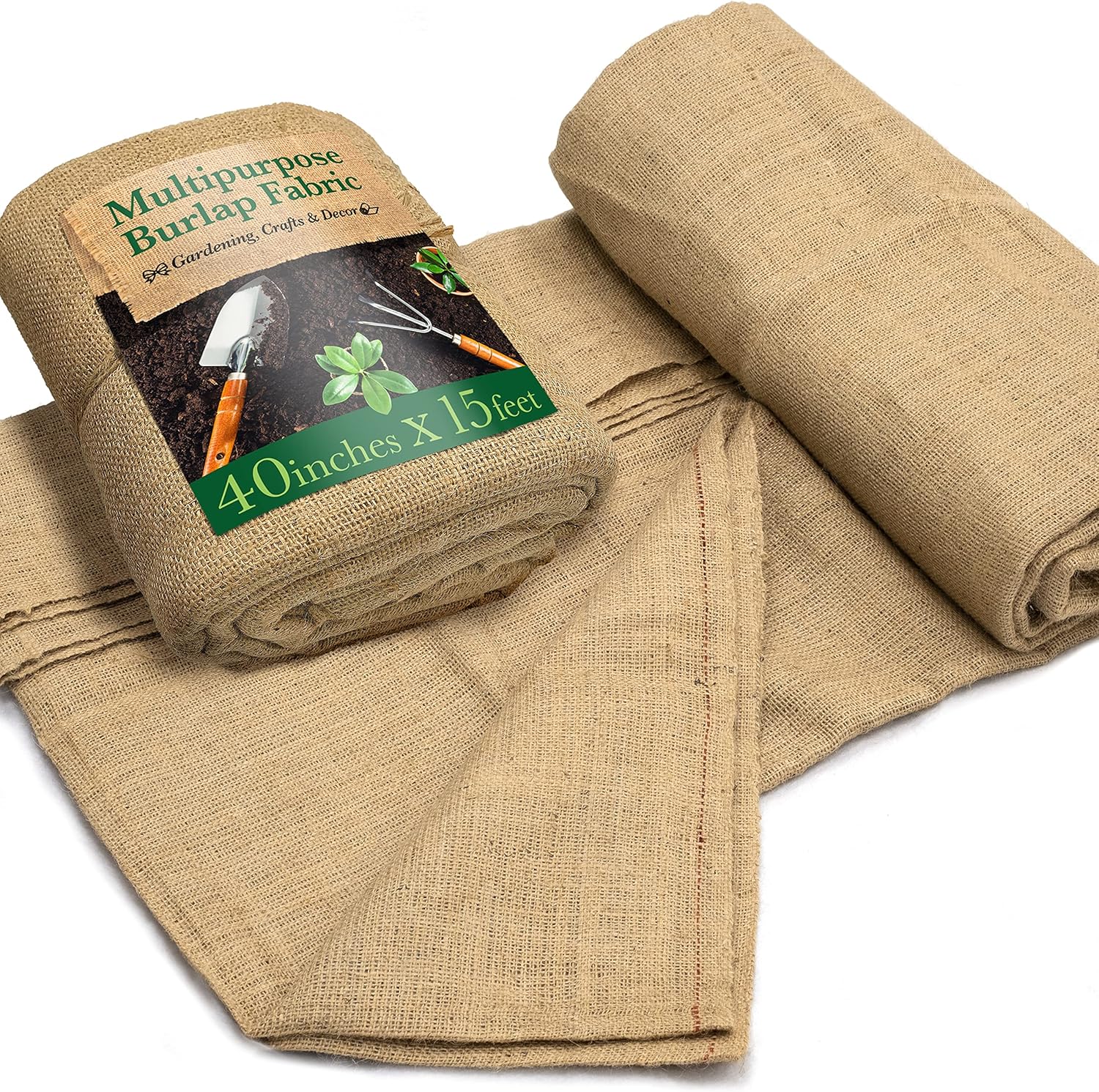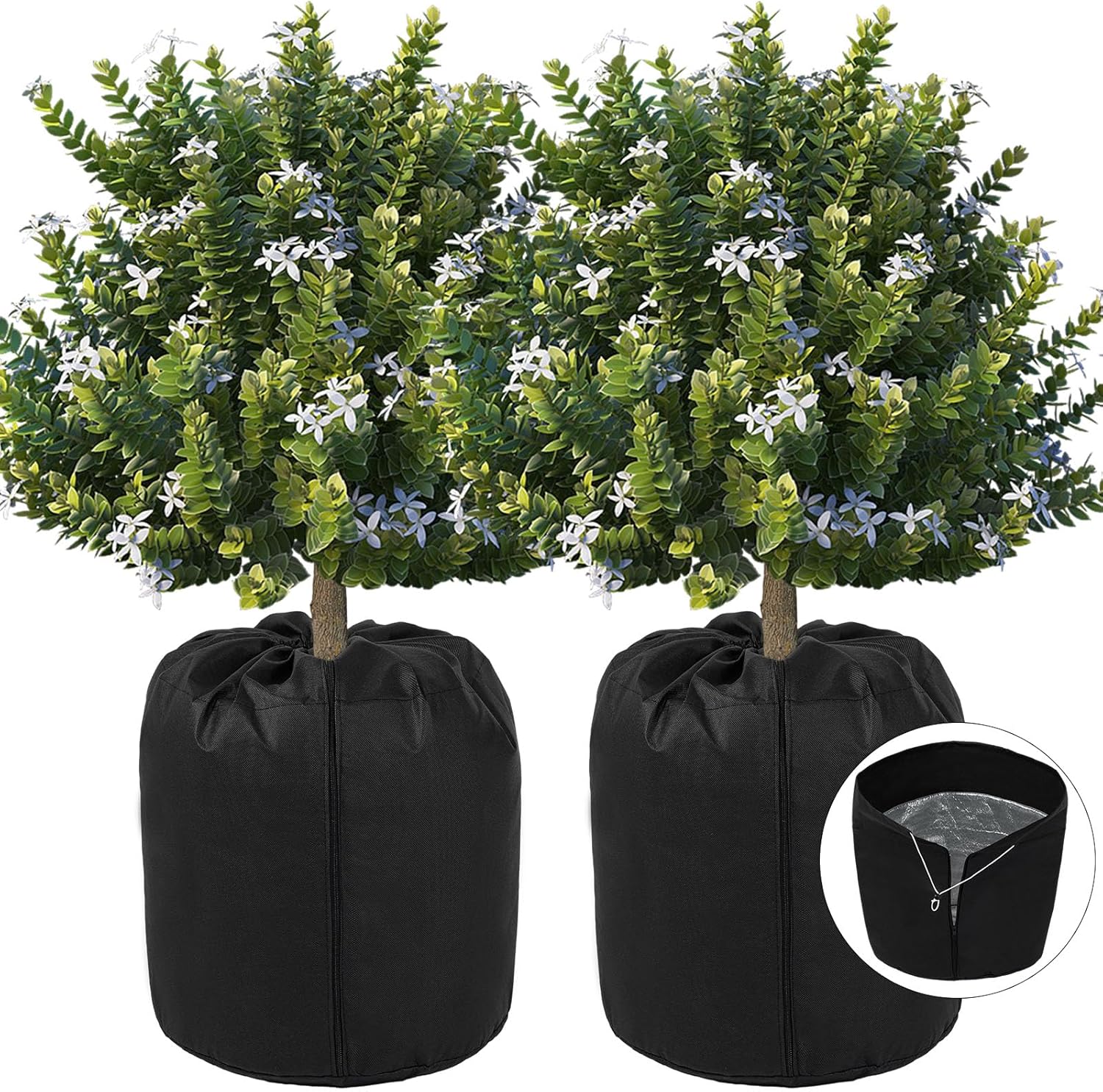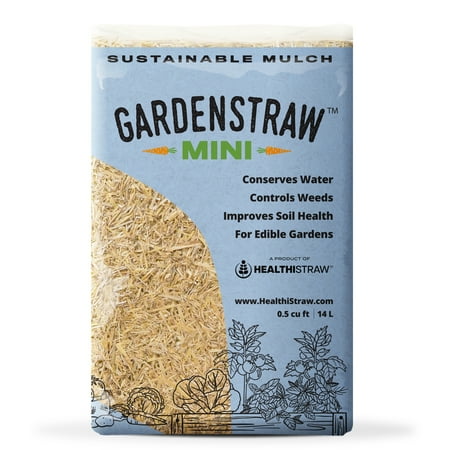How to Overwinter Strawberries in Pots to Protect Plants From Frosts and Keep Future Harvests Safe
Here are 3 ways to protect strawberries from the ravages of winter
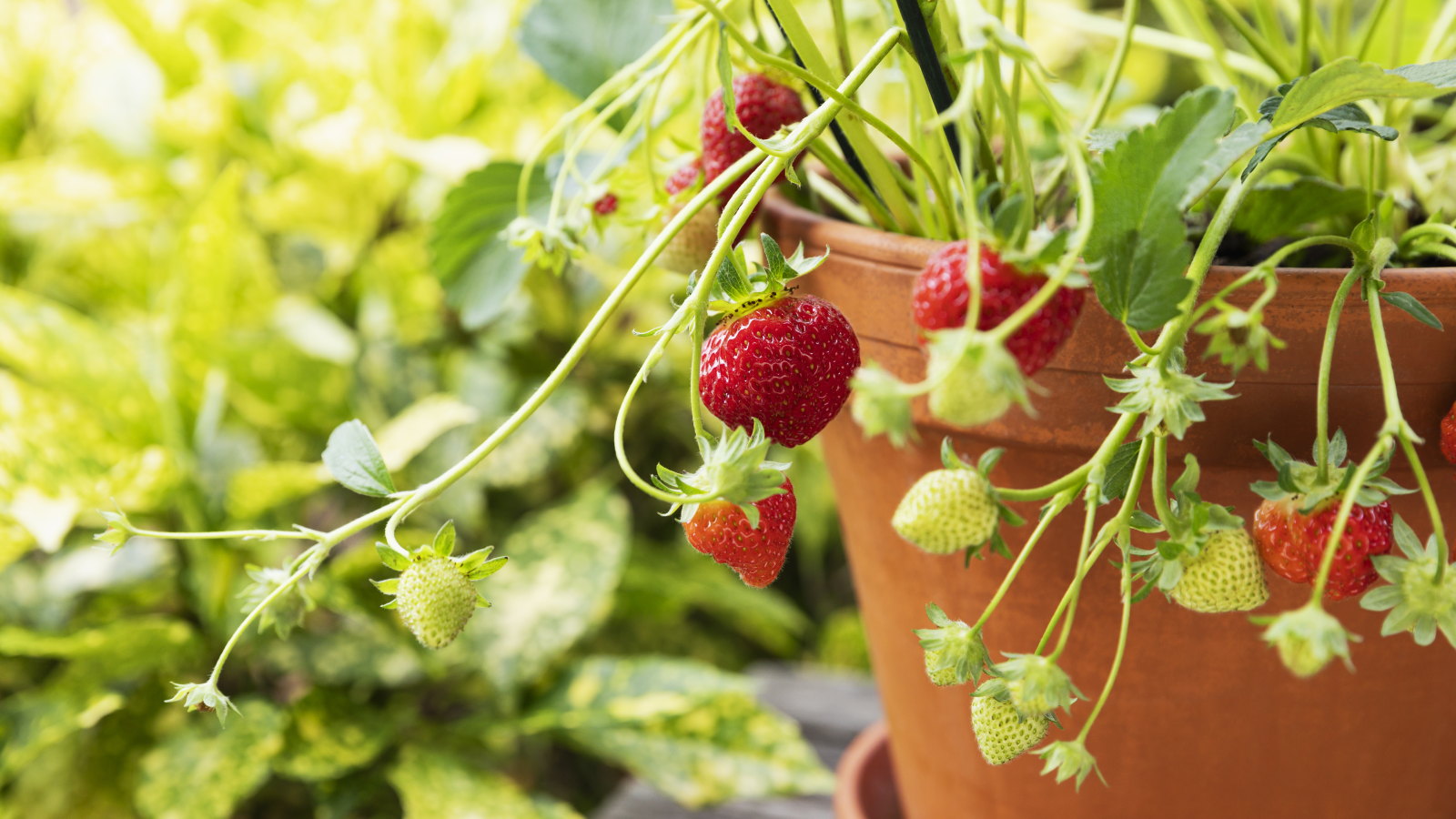

The key to overwintering strawberries is to protect the roots from freezing and ensure the crown does not rot. Strawberry plants are hardy down to zone 3, depending on the variety, when growing in the ground. Plants can often survive winter with a covering of mulch protecting their roots from the frosts above. However, when you grow strawberries in containers or hanging baskets, it is not so simple.
When you grow strawberries in pots, the roots are more exposed; they do not have the luxury of all that soil surrounding them. There may only be a thin layer of compost in the container between them and the dangerous frosts, which will come at the roots from all angles.
It means that strawberries in containers need protection in zones 7 and below. However, there are some simple ways to overwinter strawberries in pots and ensure they get through the coldest months and come out prospering, so you can get harvests the following year. Here, we take a close look at the three best ways to overwinter strawberries in pots, so you can decide which works best for you.
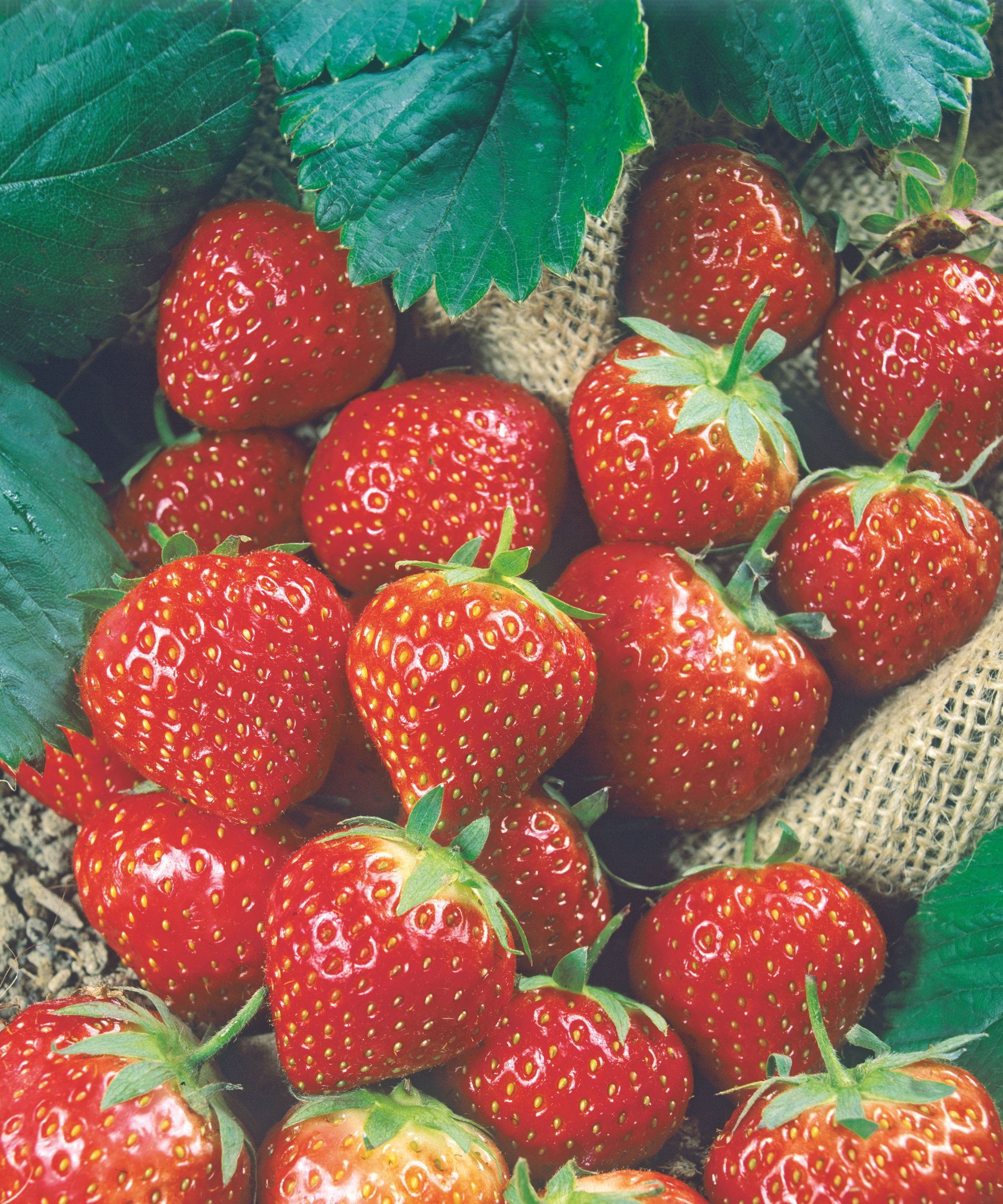
Will Strawberries Overwinter in Pots?
Simply put, yes, strawberries can overwinter in pots, but they do need some assistance.
The exact hardiness of your plants will depend on the type of strawberry you are growing. At the end of one growing season, you can simply discard them and plant strawberries afresh next year. However, treating them as annuals is wasteful, especially as winterizing strawberry plants in containers isn't taxing.
I have grown strawberries for many years. They were a fixture in many kitchen gardens I worked in, as I cultivated and carefully picked the delicate fruits for chefs. We took steps in the gardens to overwinter plants successfully, and it always started with removing dead or diseased foliage, which was essential for keeping the plants healthy and combating strawberry plant diseases.
Pruning strawberries in that gentle way should be the first job on your fall gardening checklist if you want to overwinter strawberries in pots, too. Then you can pick from one of the following three ways:
Design expertise in your inbox – from inspiring decorating ideas and beautiful celebrity homes to practical gardening advice and shopping round-ups.
1. Move Pots Indoors
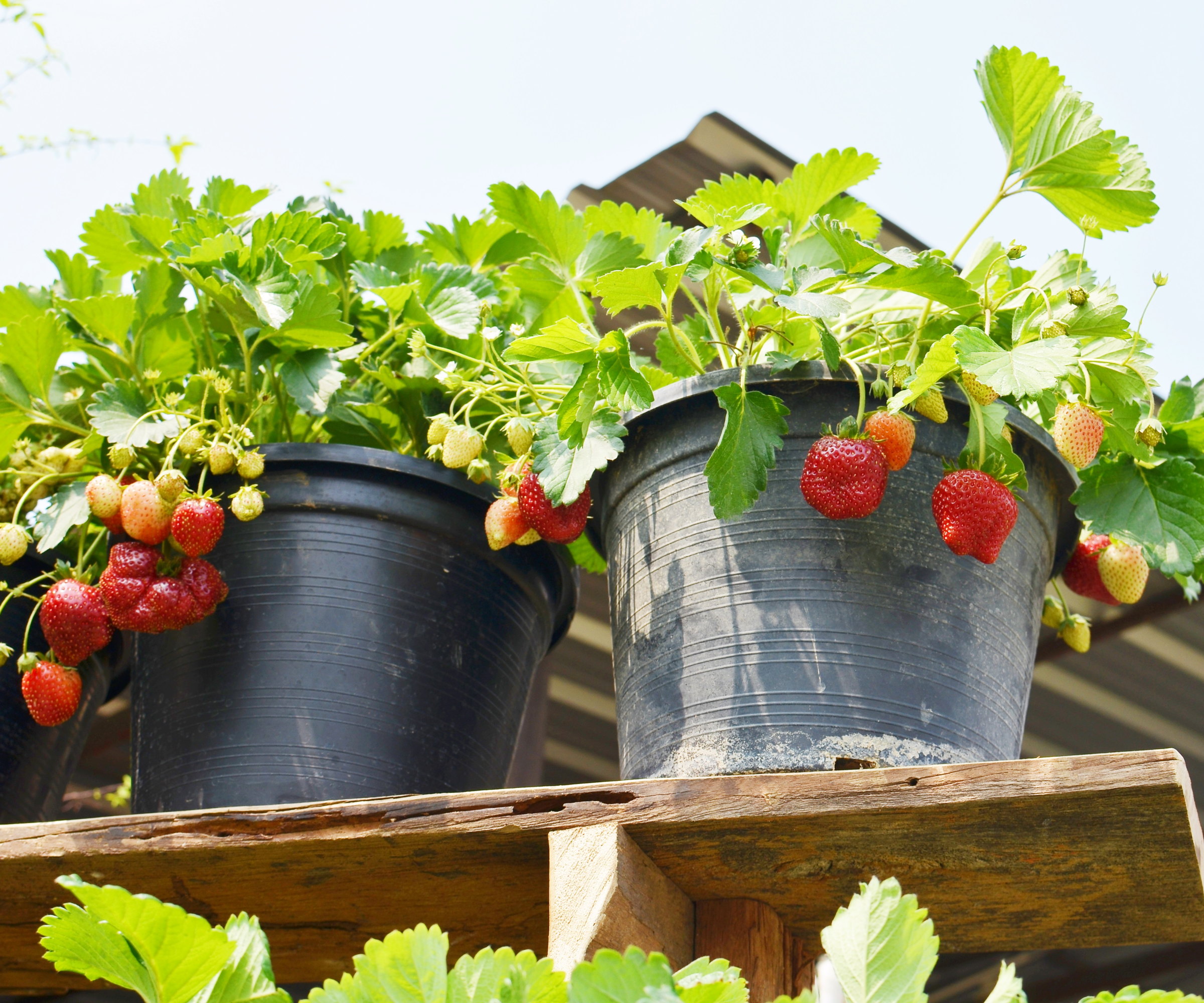
If you have an unheated building that can provide protection, you can easily overwinter strawberries in pots in there. It can be an unheated garage, shed, barn, basement, or cold frame. Anywhere that is frost-free and dry, where the plants can be sheltered from the worst of the winter weather.
However, it does not want to get too warm through winter, no more than 45°F. You are not aiming to grow strawberries indoors in this way. You want to keep the plant alive and prevent the roots or crown from dying, rather than have the plant actively growing.
The plant will need little watering over winter. Check every few weeks and lightly water if required to just stop the soil from completely drying out.
If you want to make moving containers easier, consider using a plant caddy with wheels, such as this one on Amazon. Such aids are adjustable and suitable for a range of pot sizes. They reduce the need for lots of kneeling or bending when moving pots and overwintering plants indoors.
2. Sink Pots in the Ground
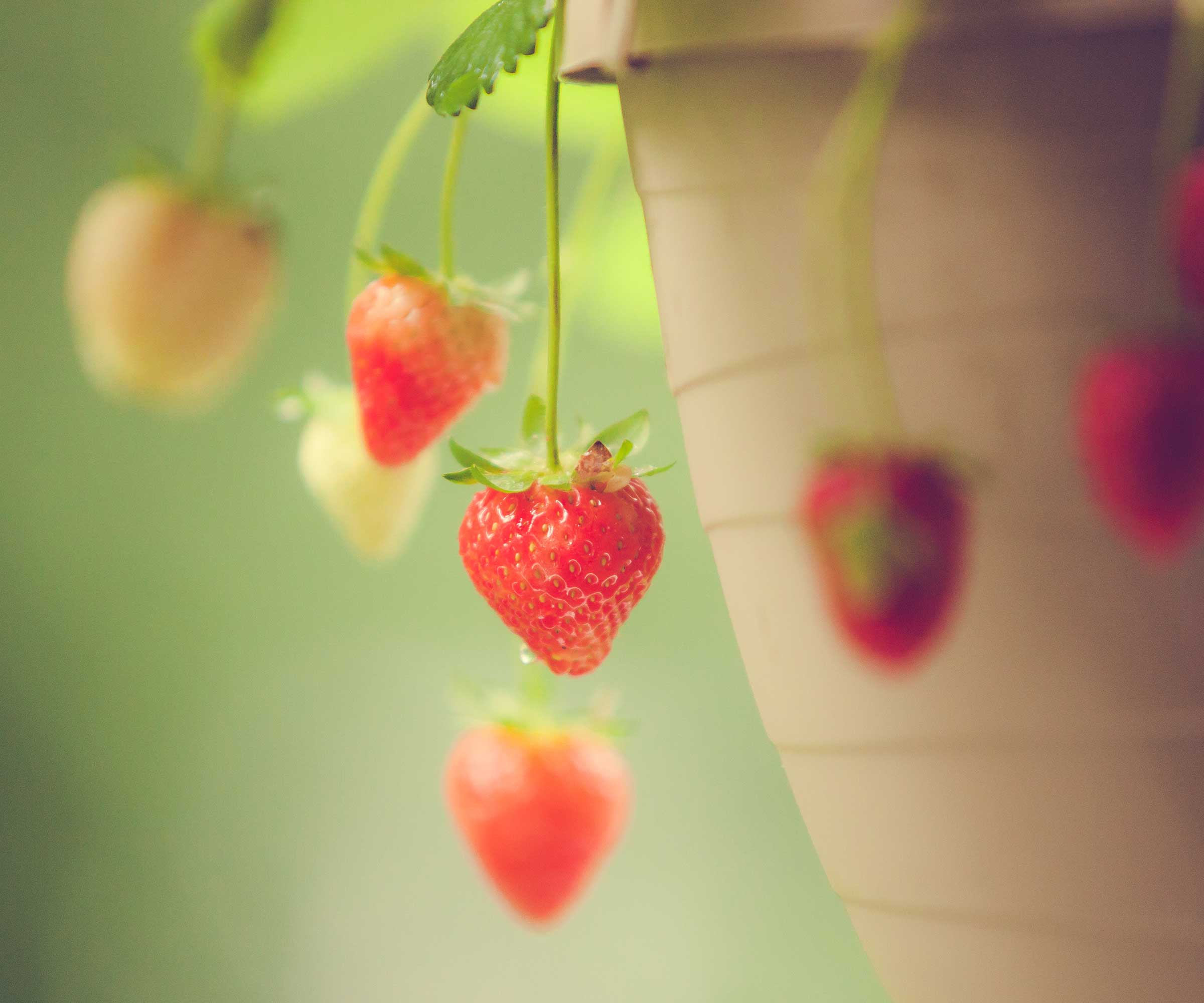
If you are short of space to move plants indoors, there is the option of planting the containers in the ground.
Using this method, the strawberries benefit from the same insulation courtesy of the soil as those living full-time in the ground. This method can be useful if you have space in vegetable gardens, kitchen gardens, or flower beds after removing annual flowers or crops at the end of the season.
If you want to overwinter strawberries in pots in this way, it works best for plants in plastic containers. If you grow strawberries in terracotta pots, it is better to repot them into plastic, as the terracotta pots can crack and break if the ground freezes and thaws.
Burying pots is also unsuitable if you use strawberry pots or towers, which are tall pots with side planting holes, like this attractive ceramic strawberry pot at Wayfair.
Plant the container in the soil so that the rim is flush with the ground, and mulch over the top of the plants with a 4-to 6-inch layer of straw or shredded leaves.
3. Insulate the Pots
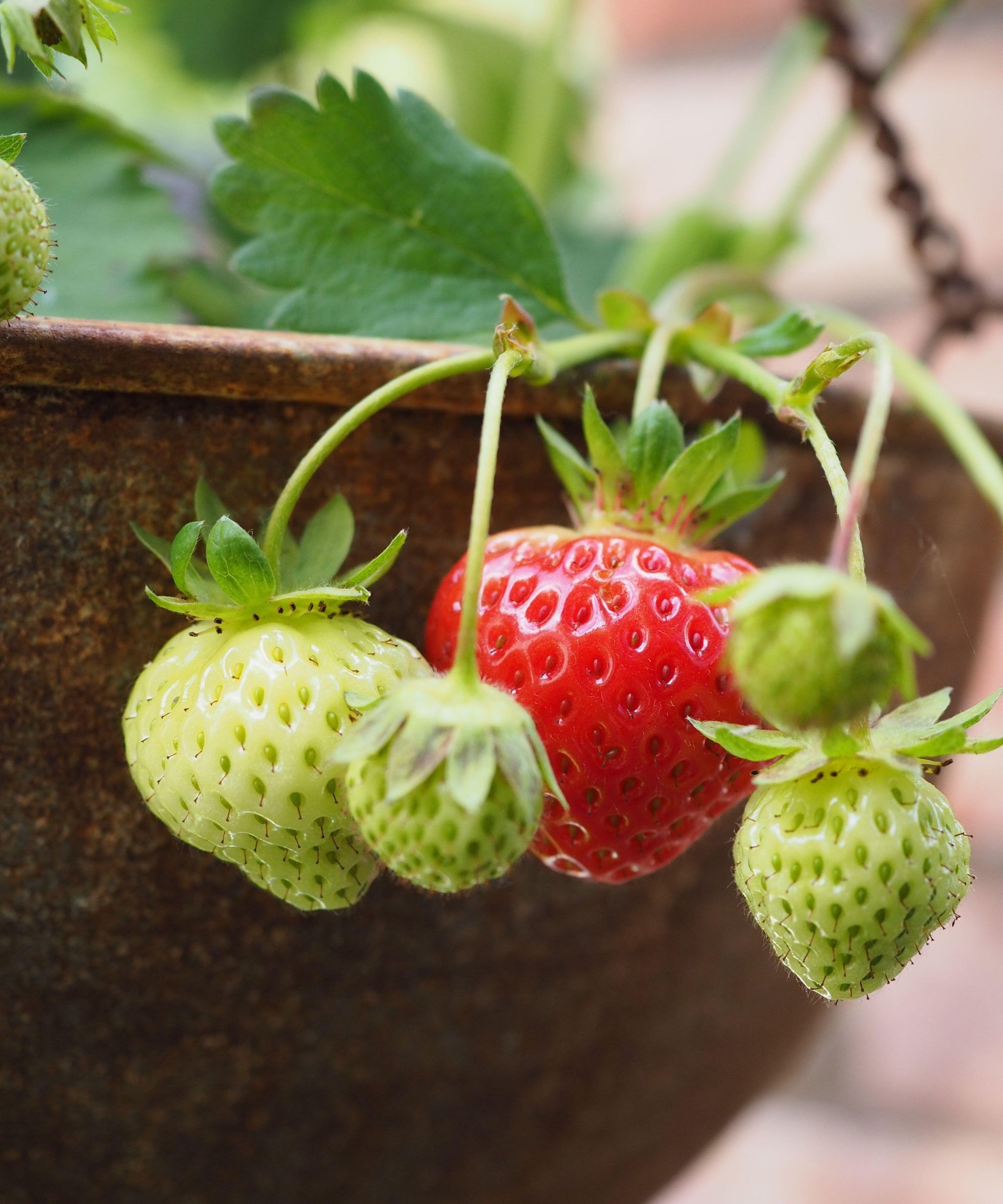
In more borderline climates, or if the above two methods are not possible for you, you can overwinter strawberries in pots outdoors, provided you give them adequate protection. The key element is to protect the container plants from winter weather, primarily sheltering the roots from frost damage.
You can move pots to sheltered corners of the yard and group pots together to retain warmth and have added protection from the wind.
For extra shelter, you can surround the pots with bubble wrap or stuff straw between the containers to insulate against cold air that can circulate the pots during the winter. Plus, you can also use straw on top of the pot to protect the crown.
Alternatively, you can insulate individual pots if you don't have enough to take advantage of grouping them. The options for this include wrapping pots with burlap or using insulated pot covers for winter.
Come spring, the time arrives to wake up your strawberry plants after the last frost, once they are no longer at risk from the winter weather. Lift them if they were sunken in the ground, remove any mulch from the top of the plants, and start watering plants as needed to get them off to a strong start to the season.
Early to mid-spring is also an ideal time to fertilize strawberries with a balanced feed, such as this organic all-purpose fertilizer at Walmart. Such a product provides all the essential plant nutrients for strong growth and a great crop of strawberries to pick.
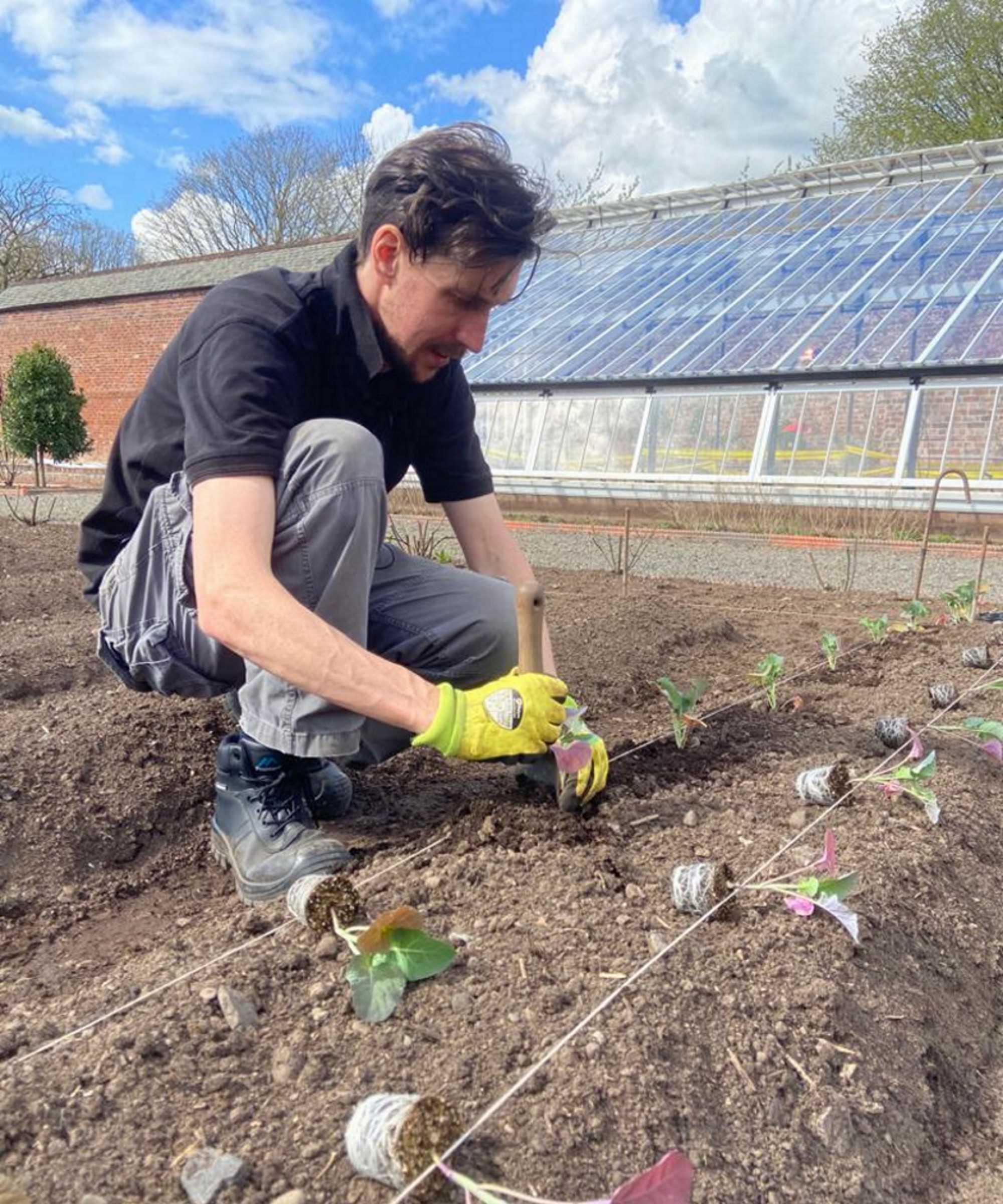
Drew has worked as a writer since 2008 and was also a professional gardener for many years. As a trained horticulturist, he worked in prestigious historic gardens, including Hanbury Hall and the world-famous Hidcote Manor Garden. He also spent time as a specialist kitchen gardener at Soho Farmhouse and Netherby Hall, where he grew vegetables, fruit, herbs, and cut flowers for restaurants. Drew has written for numerous print and online publications and is an allotment holder and garden blogger. He is shortlisted for the Digital Gardening Writer of the Year at the 2025 Garden Media Guild Awards.
